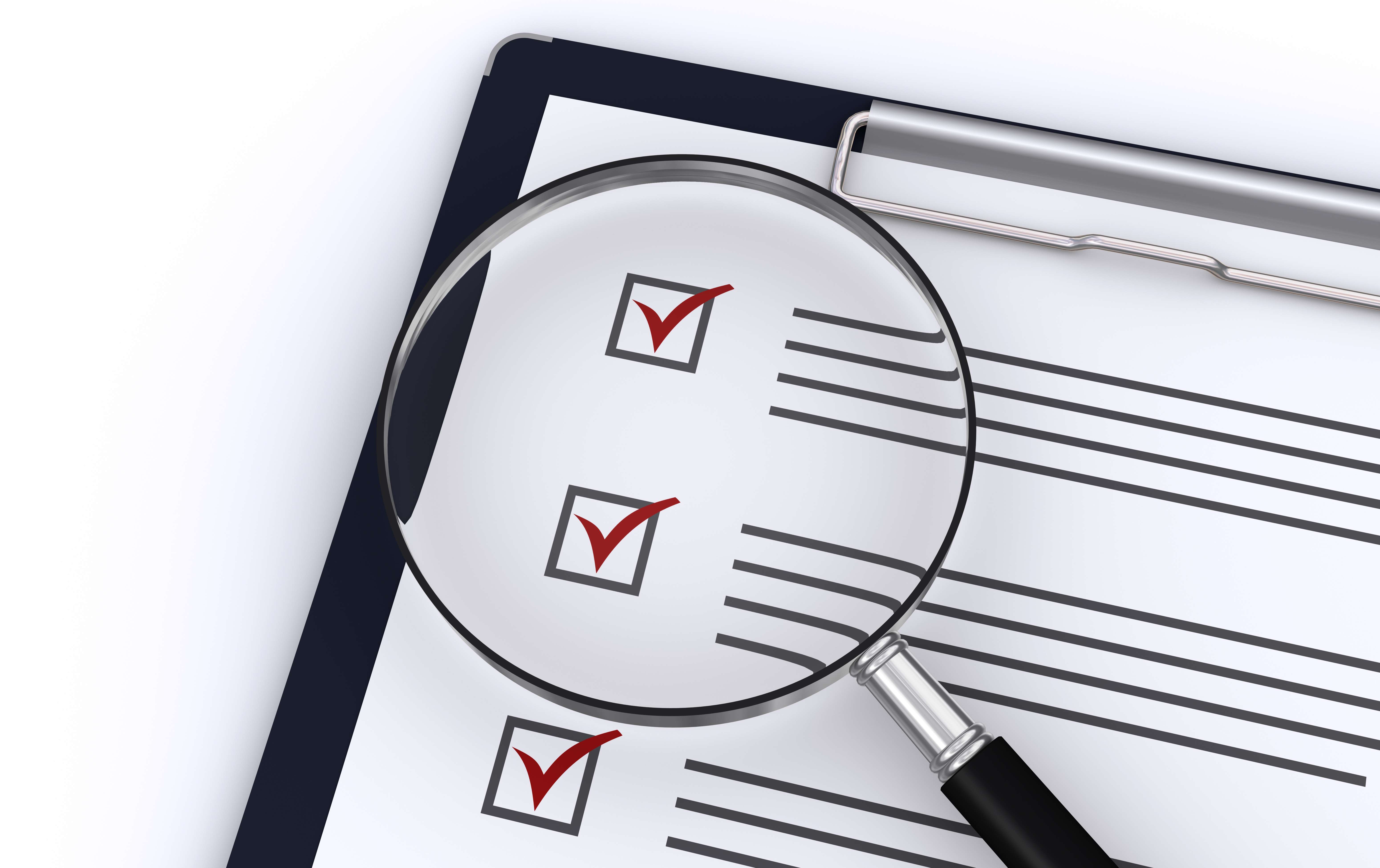Key changes to Right to Work checks - what do employers need to know?
25 August 2021
25 August 2021

Jessica Powell, Business Support Officer, blogs on the key changes to right to work rules that employers need to be aware of.
Given the huge impact that Brexit has had on the UK’s immigration system combined with the Covid-19 pandemic, it is no surprise that Right to Work checks are under the biggest spotlight since their introduction in 1997. To understand why the changes are so important, it is appropriate to discuss how the changes came about in the first place.
On the 23 June 2016, the UK voted to leave the EU, a change that was termed ‘Brexit’. This meant that, for EU Nationals, the automatic right to work in the UK was lost. New immigration rules came into effect on 1 January 2021 however, there was a specified Grace Period (1 January 2021 to 30 June 2021) which was introduced to protect the rights of those who hadn’t applied to the EU Settlement Scheme (EUSS) in time. This meant that the new Right to Work rules didn’t come into effect until 1 July 2021, hence the huge media coverage over previous months.
What do the new changes require of employers?
Whilst the Home Office’s 130 page document on the new right to work checks may seem daunting, it is important that those responsible for conducting Right to Work checks are aware of the new requirements to ensure that their actions produce a statutory excuse.
Temporary Labour Supply Chains, is everything as simple as it seems?
Despite the detailed guidance and supporting documents, the process of Right to Work checks is not always straight forward in the case of temporary labour supply chains where the first person who meets the worker may not be their employer.
Here it is important to be aware that it is the responsibility of the employer to conduct Right to Work checks and a statutory excuse will only exist where they can prove that they have done so. The burden will always fall to the employer to ensure that they have satisfied themselves that the individual has the Right to Work in the UK. Whilst the process is much simpler where the whole supply chain works together to ensure that the correct documentation is obtained, there is no legal obligation for them to do so. Because of this, it is imperative that each entity is clear on what their processes are in relation to ensuring that all individuals who enter employment via their supply chain have the Right to Work in the UK.
Covid-19 adjusted checks; will they remain?
The disruption of the Covid-19 pandemic meant that working from home and social distancing was the new ‘normal’. This introduced the requirement for a new way for employers to verify the Right to Work of their new workforces without the need to see them face to face, hence the introduction of the Covid-19 adjusted check.
These adjusted Covid checks have meant that employers have been able to utilise the following process (as detailed in the Home Office guidance);
The cross over between the new Right to Work checking rules and the introduction of Covid adjusted checks has meant that there has been some confusion as to how exactly an employer should verify the Right to Work of their new employees. When undertaking a manual document-based Right to Work check or an online Right to Work check, employers are still required to have the individual present. The Covid-19 adjusted checks removed this requirement. However, they do still require to employer to hold a video call with the potential employee to verify that that the person shown on the documents provided or online service is in fact the person who will presenting themselves for work. The importance of this part of the check is heightened where workers may be working from home and the employer may not be seeing them face to face for some time as the risk of individuals providing false documents without detection is potentially increased.
Whilst the Home Office confirmed the extension of these adjusted checks until August 31st 2021 it seems that use of them will not be extended beyond this date. There have been many calls for virtual checks to be expanded permanently, however, there has been no confirmation from the Home Office and so employers must assume that these adjustments will end and make relevant adjustments to their processes so that face to face checks can be completed from September 1st 2021.
Conclusion
Whilst the new changes mean that employers may be faced with an additional administrative burden, compliance should be the focus more than ever in order to protect workers and ensure that reputation is maintained.
If you have any questions about how to carry out a Right to Work check or wish to discuss implementing a Right to Work policy or carrying out staff training on this topic, give us a call.